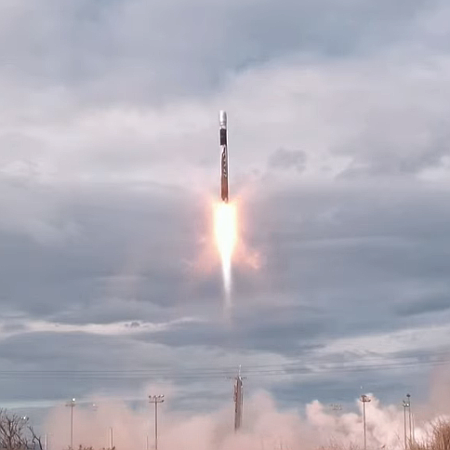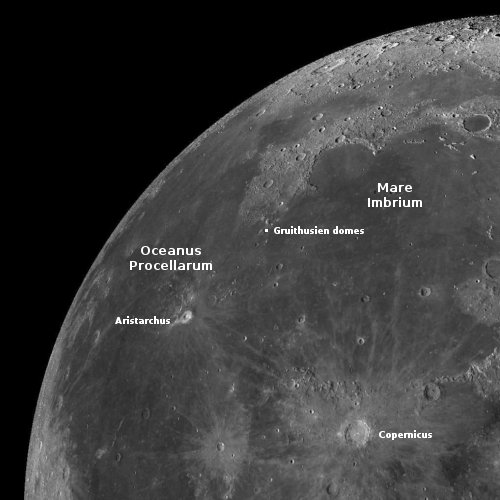National Labor Relations Board files complaint against SpaceX

Elon Musk, a target for destruction
by Joe Biden
The Biden administration’s continuing legal harassment of SpaceX and Elon Musk was escalated yesterday when the National Labor Relations Board (NLRB) filed a new complaint against the company, accusing it of firing eight employees illegally for writing a public letter criticizing the company in 2022.
The letter, circulated in 2022, criticized Musk’s actions and the allegations of sexual harassment against him, claiming they were negatively contributing to the company’s reputation. The letter also said the company was failing to live up to its “No Asshole” policy and its policy against sexual harassment.
The letter, whose authorship was not known at the time it was first reported, called on SpaceX to “publicly address and condemn Elon’s harmful Twitter behavior,” to “hold all leadership equally accountable” for bad behavior, and to “clearly define what exactly is intended by SpaceX’s ‘no-asshole’ and ‘zero tolerance’ policies and enforce them consistently.”
According to the NLRB, one SpaceX employer held interviews to determine the writers of the letter, after which they were fired. The case will go before the NLRB in March.
Is this another case of blacklisting, similar to the numerous stories I’ve reported for the last four years where someone was fired for having political opinions? I don’t think so, though some could argue otherwise. In those many other cases, the opinions expressed were generally political in nature and unrelated to the work environment itself. If a company is demanding you bow to critical race theory and admit you are racist simply because you are white and fires you when you refuse, that is not the same as writing a letter accusing your employer of sexual harassment and creating a hostile work environment, and then soliciting signatures from the entire workforce before releasing it publicly. The first case is a direct slander against the employee and is an unreasonable demand. The second is a concerted effort to foster a workplace mutiny, something unacceptable to all employers. It seems the company would have the right to remove such malcontents from its place of business.
Gywnne Shotwell, SpaceX’s CEO, made these facts very clear at the time the letter was published.
» Read more




